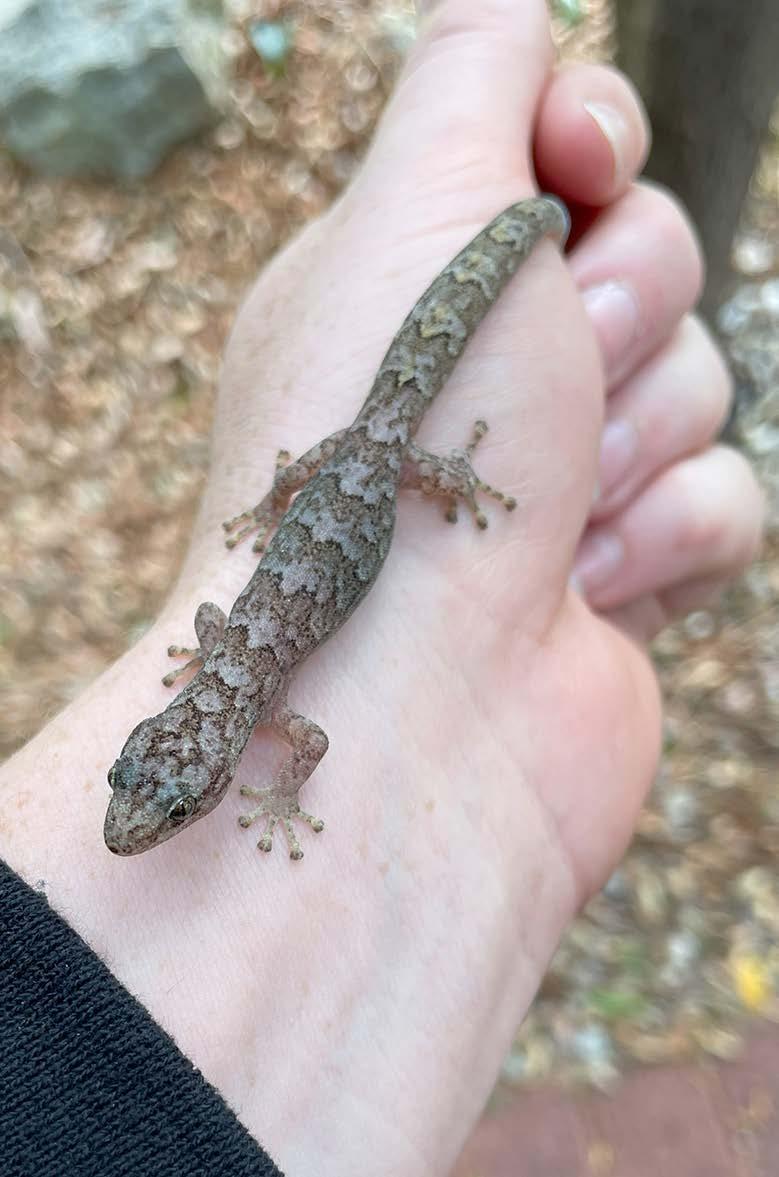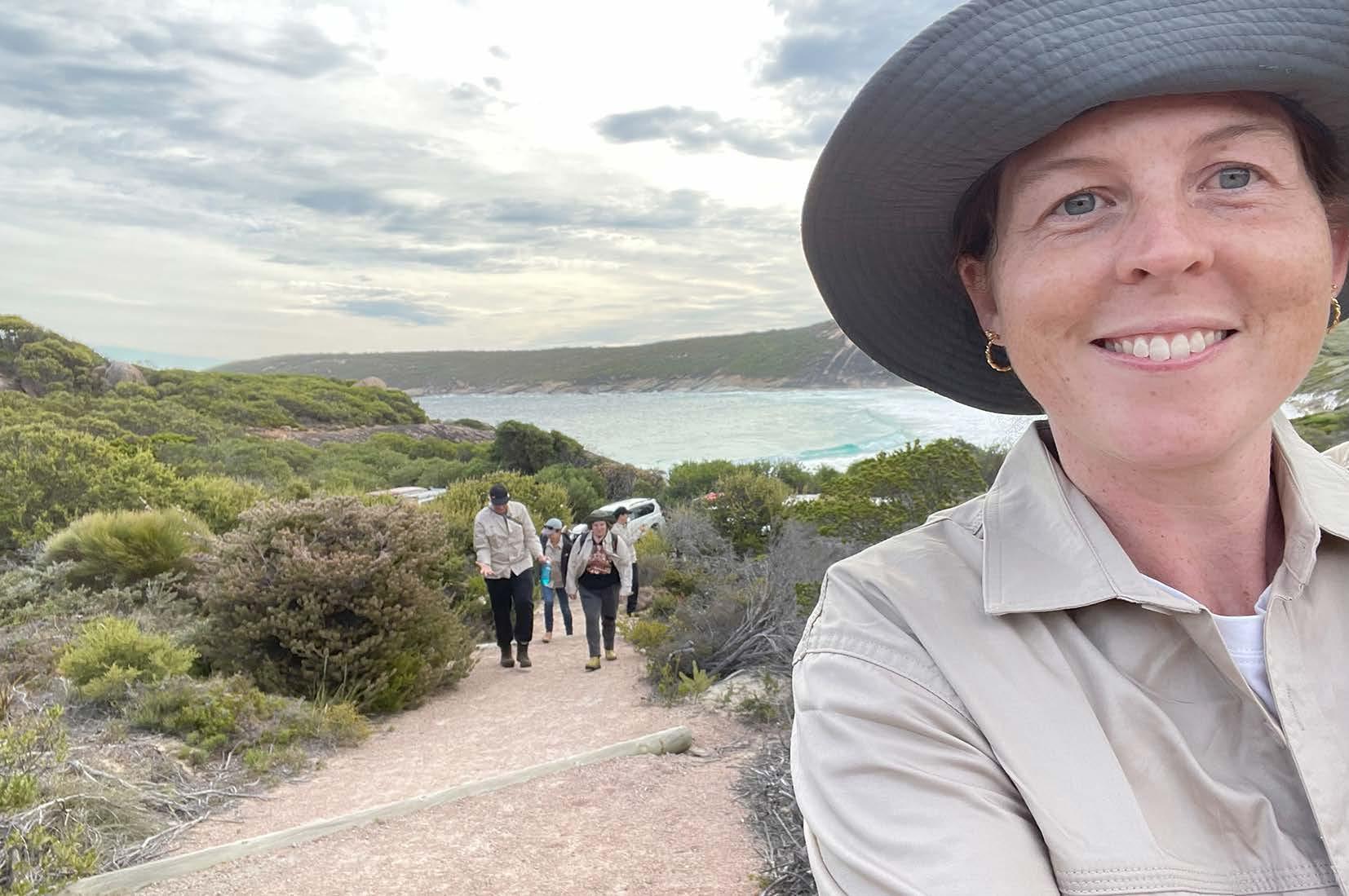
3 minute read
A WEEK IN ThE WILD WITh buShbLITz
from SCIOS July 2023 Volume 70
by STAWA
Bek Armishaw
About the Author
I am the science specialist at Aspiri Primary School. I was among the successful applicants to attend the Kepa Kurl (Esperance) 2023 Bush Blitz TeachLive with four outstanding teaching colleagues.
Bush Blitz TeachLive was a fantastic experience for the educators and our respective learning communities. As a graduate teacher, science specialist, and passionate sustainability advocate, I created meaningful links for myself and my students regarding the synergies between science, nature, and the classroom.
The professional network of scientists and specialist teachers I have made from attending Bush Blitz TeachLive has been invaluable. The Wudjari people shared cultural knowledge that has helped me incorporate more Aboriginal perspectives into my science lessons.
Annie and Juanika Dab, from Dabungool Cultural Experiences, taught us about the bush tucker native to Hellfire Bay. We saw Banksias with flowers that bloom underground and then break through to the surface. The Chiddick, the bright orange blossom with a sweet honey flavour at the tip, inspired the name ‘Hellfire’ Bay. The Wudjari people use the leaves from the Melaleuca tree to make a sweet tea that helps with headaches. Annie showed us how the leaves and pods from the Red Eye Wattle can soap up and can be used in watering holes to make fish easier to catch.
A standout for me was the temporary science laboratory and the opportunity to meet the scientists and see their collected specimens. Scientific equipment was everywhere plus specimens and a room filled with provoking conversations. Ryan Ellis, a herpetologist, showed us a beautiful Southern Blind snake with the exact colouring of an earthworm, followed by a legless lizard they had collected that morning. Behind us were tanks with different fish and yabbies waiting to be processed. I couldn’t wait to share this with my students and answer their questions!
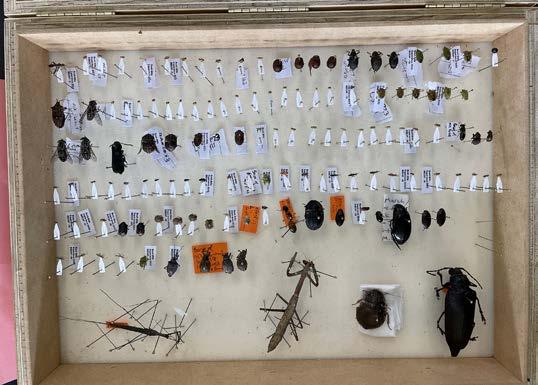
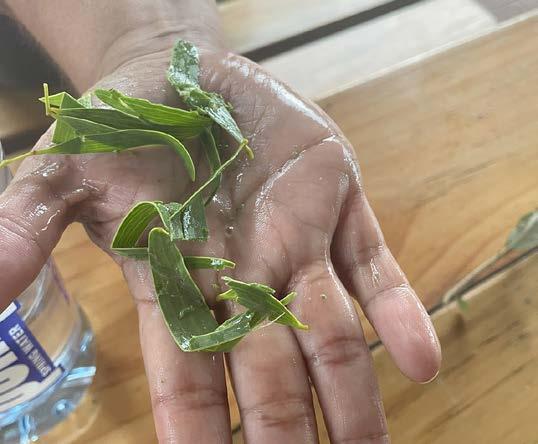
We were up at 5am to head to Lucky Bay, home to various fish species. Dr Michael Hammer, from the Museum and Art Gallery of the Northern Territory, led the team down to the bay to collect some samples. We had Ana Hara and Jenelle Ritchie from the Western Australian Museum working with us as we cast out the net, walked it through the water, and checked the seagrass for various fish species. We found many species, including flounder, magpie perch, flathead, long-nose weedy whiting, pipe fish, flute fish, crested weed fish and hardy heads. The most exciting fish we found was the earspot snakeblenny, Ophiclinops hutchinsi, as it is only found at Lucky Bay.
The next day I returned to Hell Fire Bay with Entomologist Dr Nik and Arachnologist Jeremy Wilson from the Western Australian Museum. The botanists had marked out a new survey site the day before and the team hoped to find a variety of insects and spiders from the new location. Nik showed me how to catch bugs from plants using a net, stick, pooter and collection container. I went off, hitting as many plants as possible and found several different species of bugs and spiders. I have sourced some materials for my students to make their pooters that they can test in our school gardens. My favourite find was the trapdoor spider Jeremy dug up from the side of the path. It was over 80 cm underground and was huge! The students have loved watching the video of the team collecting it and Jeremy explaining why he returned her to the survey site.
The fish team wanted to net one of the bays closer to Esperance for additional specimens. We collected many of the fish from our first outing in addition to a tongue sole. Michael transferred the best fish into small tanks so that we could share them with my students via a live video call from the bay. Michael showed the students each fish and shared some fun facts about them. The video call was a highlight of the trip, and it was so lovely to see the students excited, engaged and asking lots of questions. With many fish having interesting physical and behavioural adaptations to help them survive, I have added photos of them to my lessons in Biological Science.
I recommend both primary and secondary science teachers apply for the next Bush Blitz opportunity to gain practical fieldwork experience and meet scientists who can enrich their lessons.
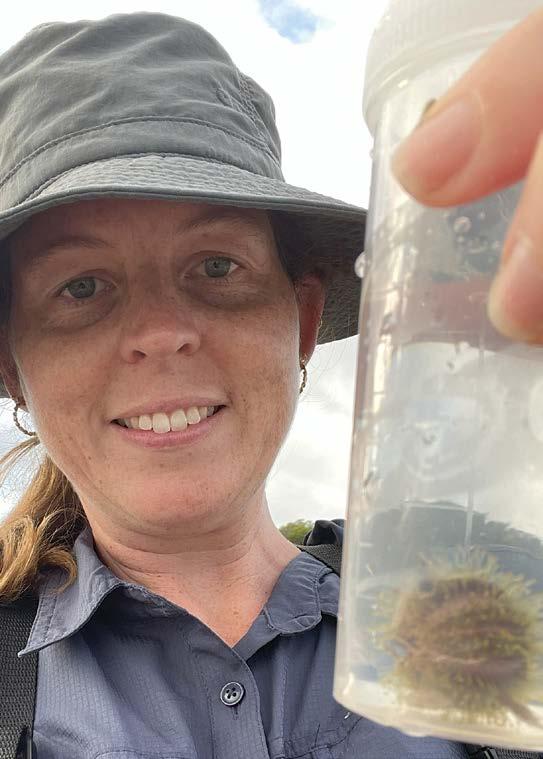
Applications are advertised via the ASTA (Australian Science Teachers Association) website and STAWA, so keep an eye out. Bush Blitz TeachLive is a fully funded field experience and a hands-on professional learning opportunity not to be missed!
